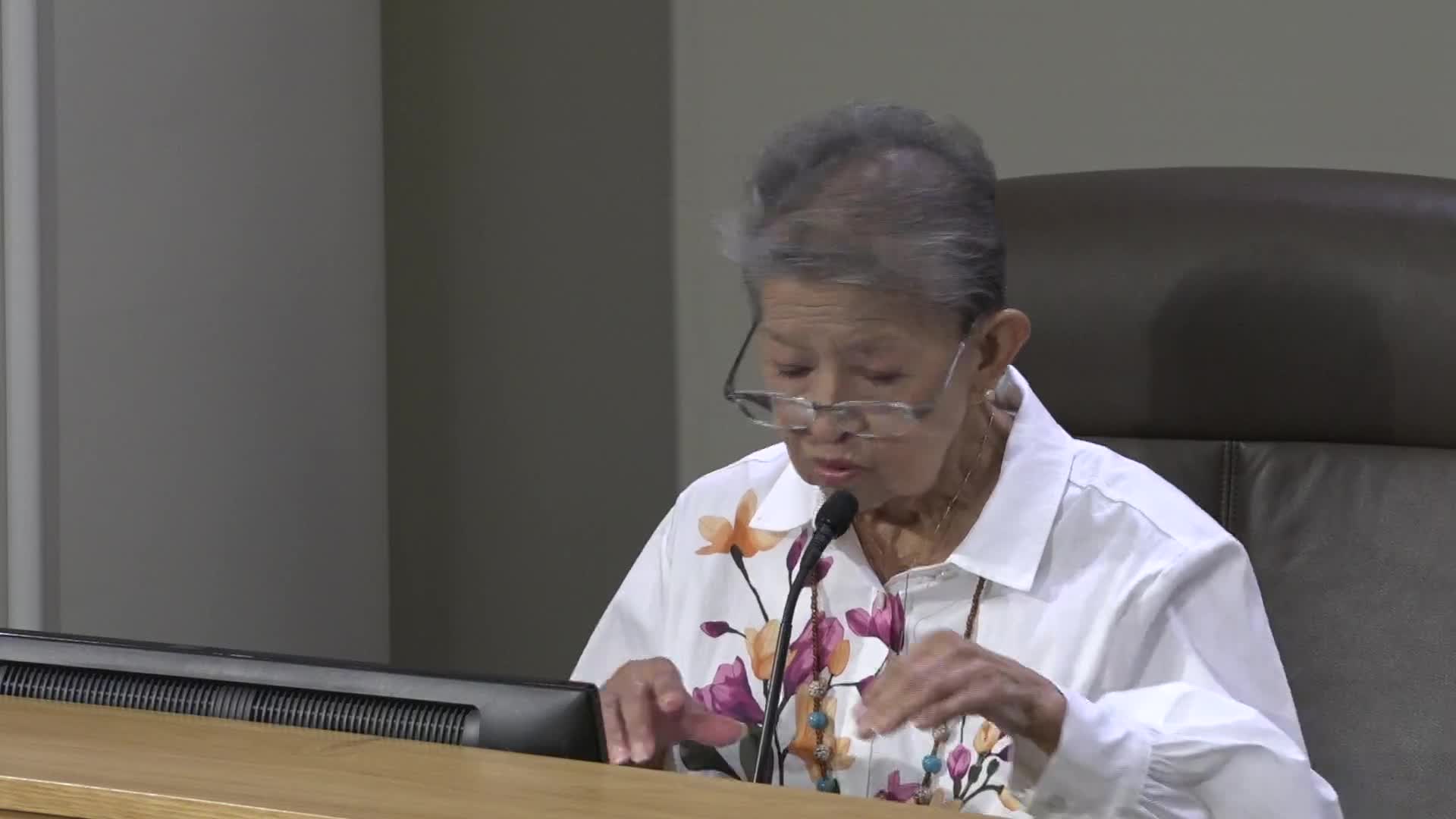County officials extend burn ban amid rising grass fire calls
September 24, 2024 | Travis County, Texas
This article was created by AI summarizing key points discussed. AI makes mistakes, so for full details and context, please refer to the video of the full meeting. Please report any errors so we can fix them. Report an error »

In a recent government meeting, Travis County officials discussed two significant agenda items: the extension of a burn ban and a memorandum of understanding (MOU) with TxDOT regarding a regional construction partnership.
Travis County Fire Marshal Gary Howe reported a concerning trend in grass fires, with nearly 50 incidents recorded over the past week, primarily occurring in the afternoons. He recommended extending the current burn ban for an additional two weeks to mitigate fire risks, a motion that was unanimously approved by the commissioners.
The second major topic involved the MOU with TxDOT, aimed at enhancing coordination among various local transportation entities, including the City of Austin and the Central Texas Regional Mobility Authority (CTRMA). Public Works Director David Greer highlighted the need for improved communication as the region anticipates $20 billion in transportation projects over the next decade. The MOU seeks to consolidate information on construction projects, lane closures, and special events to minimize disruptions for the community.
Greer also introduced a beta-testing phase for a new mobile app that will integrate Google Maps with real-time updates on construction and traffic conditions, including CCTV feeds and dynamic message boards. This initiative aims to provide residents with a comprehensive view of ongoing projects and potential traffic impacts.
Commissioners expressed concerns about the simultaneous construction of major roadways, questioning how such extensive work could be managed without overwhelming local neighborhoods. They emphasized the importance of long-term planning and coordination to address the challenges posed by overlapping construction schedules, especially with significant events planned in the coming months.
The meeting concluded with a motion to approve the MOU, which will be followed by a more detailed interlocal agreement outlining specific roles and responsibilities among the involved parties. This collaborative effort is seen as a crucial step toward better managing the region's transportation infrastructure and minimizing community disruption during extensive construction activities.
Travis County Fire Marshal Gary Howe reported a concerning trend in grass fires, with nearly 50 incidents recorded over the past week, primarily occurring in the afternoons. He recommended extending the current burn ban for an additional two weeks to mitigate fire risks, a motion that was unanimously approved by the commissioners.
The second major topic involved the MOU with TxDOT, aimed at enhancing coordination among various local transportation entities, including the City of Austin and the Central Texas Regional Mobility Authority (CTRMA). Public Works Director David Greer highlighted the need for improved communication as the region anticipates $20 billion in transportation projects over the next decade. The MOU seeks to consolidate information on construction projects, lane closures, and special events to minimize disruptions for the community.
Greer also introduced a beta-testing phase for a new mobile app that will integrate Google Maps with real-time updates on construction and traffic conditions, including CCTV feeds and dynamic message boards. This initiative aims to provide residents with a comprehensive view of ongoing projects and potential traffic impacts.
Commissioners expressed concerns about the simultaneous construction of major roadways, questioning how such extensive work could be managed without overwhelming local neighborhoods. They emphasized the importance of long-term planning and coordination to address the challenges posed by overlapping construction schedules, especially with significant events planned in the coming months.
The meeting concluded with a motion to approve the MOU, which will be followed by a more detailed interlocal agreement outlining specific roles and responsibilities among the involved parties. This collaborative effort is seen as a crucial step toward better managing the region's transportation infrastructure and minimizing community disruption during extensive construction activities.
View full meeting
This article is based on a recent meeting—watch the full video and explore the complete transcript for deeper insights into the discussion.
View full meeting
